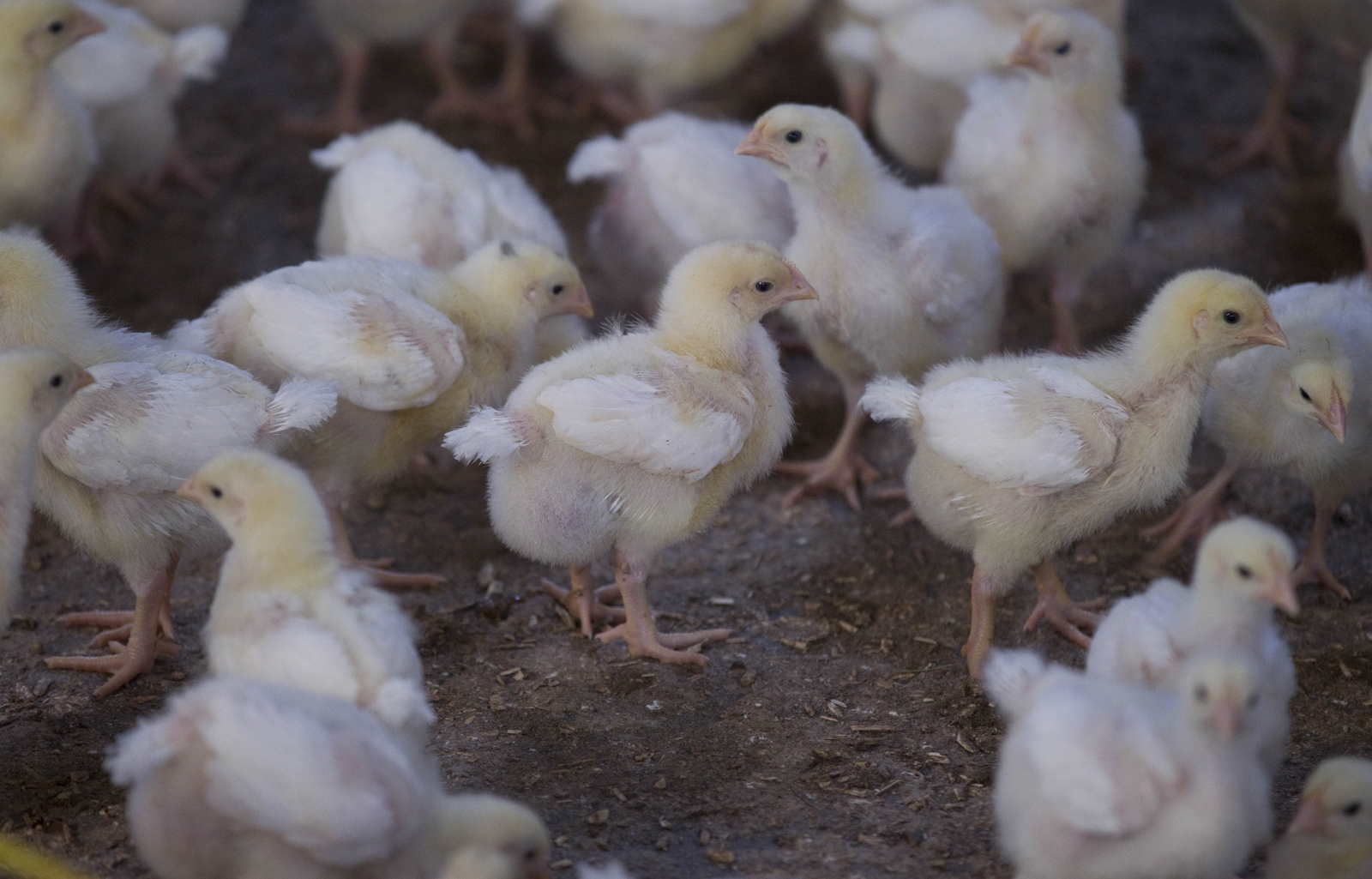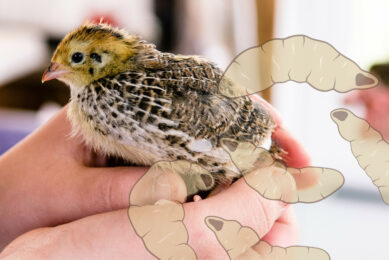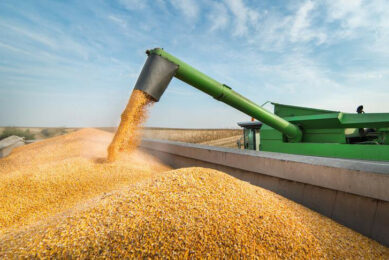Phytogenics for better gut health in poultry

Nutritionists, feed manufacturers and producers are searching for alternatives to in-feed antibiotics. So far, no ‘magic bullet’ feed additive has been found. Phytogenics, however, are moving into the spotlight due to their holistic and broad-spectrum efficacy.
In food producing animals, antibiotics have been typically used as a prophylaxis and therapy for diseases associated with pathogenic bacteria. In poultry, dysbacteriosis due to general bacterial overgrowth in the small intestine and necrotic enteritis caused by Clostridium perfringens represent the most frequent bacterial disorders. Other classical diseases in poultry that are provoked by pathogenic bacteria include infections such as Colibacillosis. So the post-antibiotics era is associated with a potential loss of productivity and an increase in intestinal and systemic bacterial infections due to higher bacterial activity in the intestinal lumen and less control over the inflammatory responses of the host.
The withdrawal of antibiotic growth promoters (AGPs) has expedited the search for alternative substances, such as probiotics, pre-biotics, organic acids, short and medium chain fatty acids, anti-microbial peptides, exogenous enzymes, clay minerals and plant-derived (phytogenic) preparations (especially those containing essential oils and herbs). Phytogenics are receiving much attention for their potential to replace AGPs in animal nutrition for a wide range of activities. These activities include but are not limited to sensorial stimulation, improvement of palatability, increment of enzymatic activity in the intestinal tract, enhancement of nutrient utilisation, increased antioxidant protection, intestinal cell turnover and barrier function, and acting as quorum sensing (QS) inhibitors. This article focuses on the potential of phytogenics to influence QS inhibition and the possible effects of combining phytogenics and short/medium chain fatty acids to improve gut health in poultry.

Quorum sensing inhibition
With regard to how efficiently they protect farm animals against disorders caused by pathogenic bacteria, it has often been
postulated that phytogenic substances, particularly (combinations of) essential oils and their compounds, have bactericidal effects. But the minimum amount of essential oil concentrations needed in the feed to exert bactericidal effects is rather high and the economic return on investment might not be forthcoming. An alternative to killing bacteria directly is the disruption of bacterial communication, known as QS inhibition. Communication between bacteria is achieved through the production, diffusion and detection of and response to chemical signaling molecules, referred to as autoinducers. These autoinducers are produced continually and are freely diffused out of the bacterial cells. When the concentration of the autoinducer molecules in the bacterial environment reaches a threshold concentration, bacteria respond to the signal with population-wide alteration in gene expression, e.g. by activating numerous genes that have a crucial function in bacterial virulence. The two most common mechanisms for QS are shown in Figures 1a and 1b.
In recent years, the discovery of QS antagonist inhibitors isolated from plants and plant extracts has increased tremendously. Research shows that the concentrations of these phytogenic substances needed for QS inhibition are far lower than their respective minimum inhibitory concentration (MIC) values. For example: whereas the MIC value of clove oil towards Chromobacterium violaceum was 0.2% (v/v) in the medium, a 50% inhibition of violacein production, controlled by QS, could be achieved with only 0.04 % (v/v). Simultaneously, the viability of Chromobacterium violaceum at low dose clove oil levels was not impaired (Khan et al., 2008).

Despite common, general QS mechanisms and the well-understood QS in C. violaceum, it has to be emphasised that QS inhibition needs to be investigated individually for target bacteria. There are however a scarcity of reports that investigate the interference of phytogenic additives, especially the QS of pathogenic bacteria. For example, for avian pathogenic E. coli, no investigations regarding their QS mechanisms have been published thus far, including read-out parameters for their virulence factors. Similarly, despite the fact that the QS systems of Clostridium perfringens, which lead to toxin production and necrotic enteritis, are well characterised and understood (Chen et al., 2014; Vidal et al., 2015), no investigation into the interfering effects of phytogenic substances with this microorganism currently exist. This lack of knowledge represents a restriction at present for the practical application of phytogenics as QS inhibitors in order to improve intestinal health in poultry.
Combination of phytogenics and fatty acids
An alternative approach to support the intestinal health of farm animals may be found by combining the beneficial effects of phytogenic feed additives with the anti-bacterial effects of esterified short and medium chain fatty acids. In a US trial, this combination has been shown to improve the efficacy of poultry performance, even under challenging conditions involving necrotic enteritis. Results (Figure 2) show that, by increasing the application time of the combination (followed by feeding the phytogenic feed additive alone), the feed conversion ratio (FCR) and body weight (BW) on day 49 were improved. In terms of performance, feeding the combination of the phytogenic feed additive and esterified short and medium chain fatty acids for 28 days was as effective as the application of 20 ppm Virginiamycin in the positive control group. These results indicate that this combination of phytogenics and esterfied short and medium chain fatty acids is an effective feed additive in drug-free broiler production. This combination also tended to reduce the incidence of necrotic enteritis lesions by 40%, compared with the negative control group, making it similar to the positive control group (data available on request). These results show the positive effects that combining phytogenics with short and medium chain fatty acids has on gut health, as well as improved animal performance under challenging conditions.
Conclusions and future prospects
It is obvious that the production of safe animal-derived food and consequently the protection of human health requires the worldwide adoption of antibiotic-free feeding programmes. The consequent adverse impact on animal productivity and the possible increase in bacterial infections in farm animals are manageable when diet composition and management conditions are adapted. Since there is no ‘magic bullet’ feed additive that covers the full spectrum of the antibiotic effects, phytogenic feed additives can play a crucial role due to their holistic and broad-spectrum efficacy. With the right selection of feed additives, intestinal health in poultry can be supported, production losses from, say, a subclinical necrotic enteritis can be successfully eased and optimal performance achieved.
Moreover, it is known that specific secondary plant sub-stances can interfere with bacterial quorum sensing. Whereas antibiotic treatment kills bacteria and initiates the generation of multiple bacterial resistances against antibiotics, decreasing the virulence of bacteria by interfering with their quorum sensing communication does not entail this risk. Understanding bacterial communication and ways to interrupt these mechanisms in the most important pathogenic bacteria responsible for severe infections in farm animals will help to develop alternative ways to reduce bacterial infections in farm animals.
Source: All About Feed magazine – Volume 24.5 (2016)











